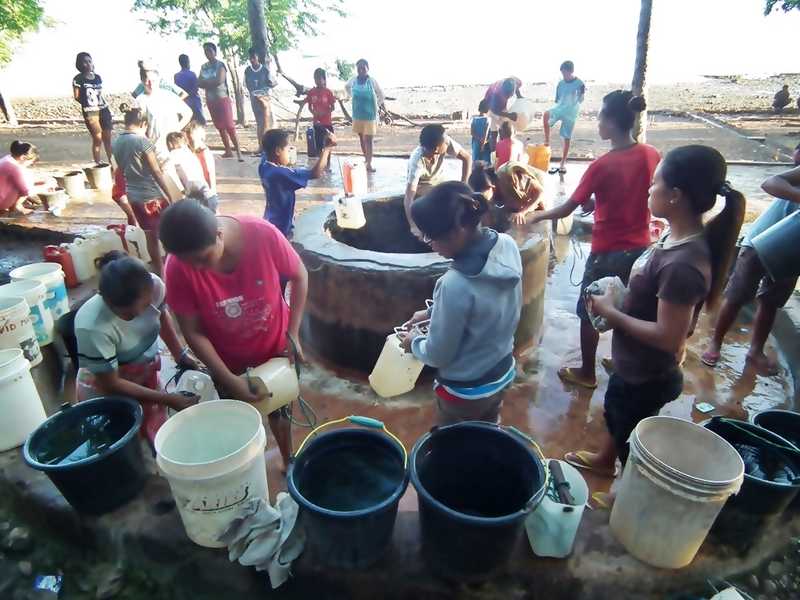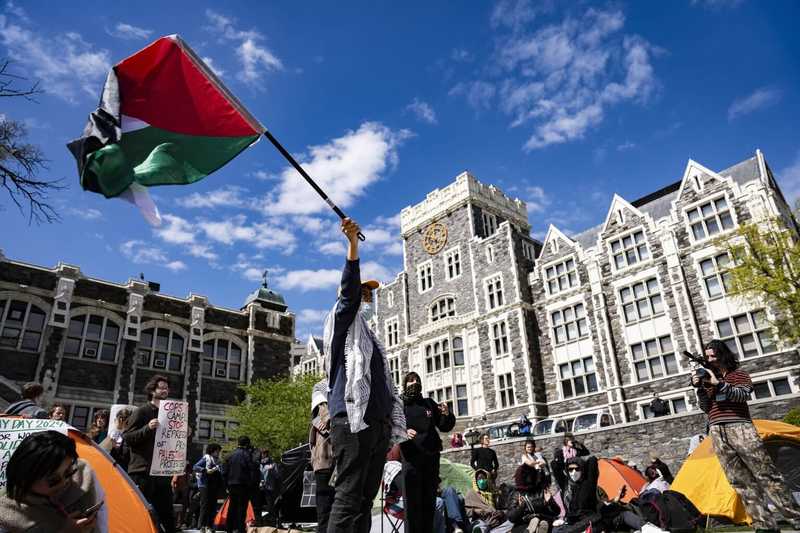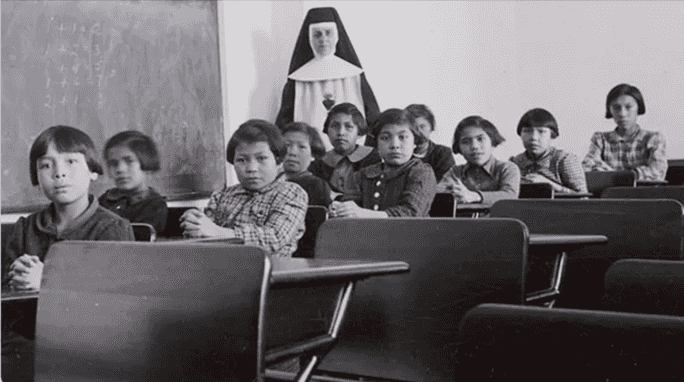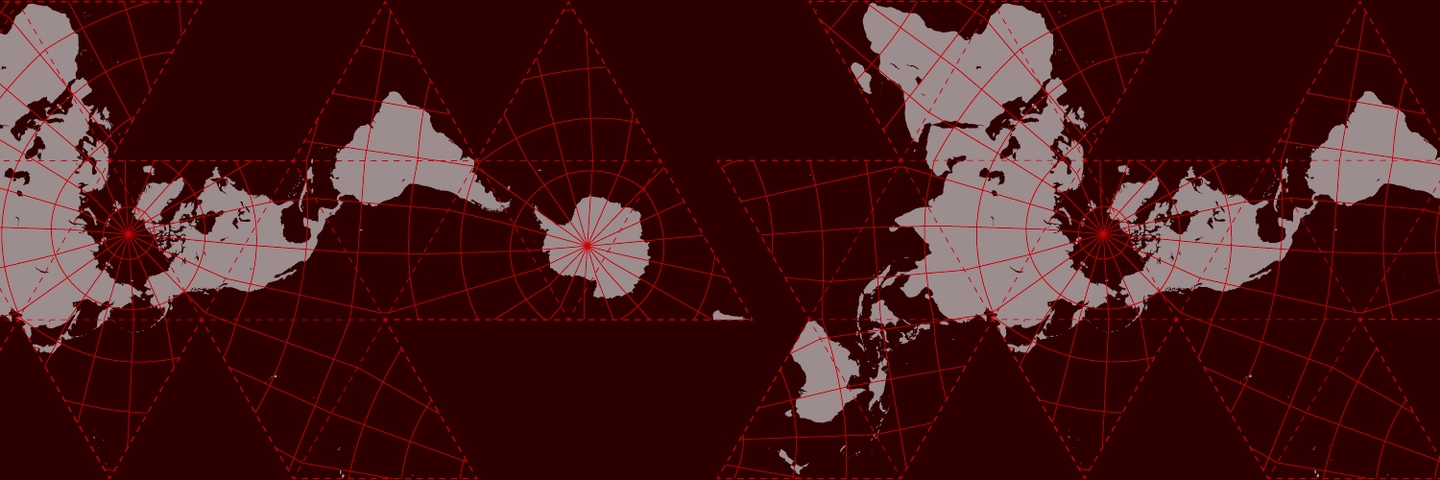
Examining the water crisis in the City of Kupang
Water refill services in Kupang are supplied by drilling underground to depths of 30-40 meters. The drilling cost varies, ranging from 25 to 30 million rupiah, including the installation of piping networks leading to the reservoir. Meanwhile, a single refill for a tank truck with a capacity of 4,000-5,000 costs 15-20 thousand rupiah. The water is then resold at a price of 100-200 thousand rupiah, depending on the proximity of the consumer's house.
This forced reliance on purchasing water has caused residents' expenses to skyrocket. ON average, each household spends 400-600 thousand rupiah monthly on clean water and sanitation, which equates to 6 percent of their income, as the Provincial Minimum Wage (Upah Minimum Provinsi or UMP) in 2023 is Rp2,123,994. The question remains: how will the urban poor, with no fixed income, cope?
Clean water provision should be the state responsibility. However, in Kupang, water is privatized for profit. Water, a vital resource that should be managed for the common good, as mandated by the Constitution, is instead controlled by financiers who have turned it into a high-selling commodity. As long as clean water is treated as a means of capital accumulation, the water crisis will persist as a burden on Kupang’s residents year after year.
The seasons are increasingly unpredictable, and disasters can easily occur. While water tank trucks make their rounds, state-owned water services are stagnant, with water flowing only once a week—if at all. Meanwhile, water meters continue to run even when no water is flowing into homes.
Kupang’s climate, characterized by prolonged droughts, worsens the crisis during the dry season. Groundwater reserves also depleted due to low rainfall, and other factors such as urban cementing, reduced green spaces, population growth, and climate change exacerbate the problem.
Water consumption of Kupang City residents
Kupang consists of six sub-districts and 51 villages. In 2022, the city’s population reached 421,621, according to the Central Statistics Agency in NTT. How can the daily water needs of these hundreds of thousands of people be met?
For efficiency, the state-owned drinking water company has divided Kupang into eight water distribution zones, based on the area’s size and distance. By comparing the water capacity to the number of customers, it is estimated that the average clean water distributed by the state water service per consumer is approximately 3,654.25 m3/year. In addition to the state services, residents also use 13 springs and boreholes, providing a service capacity of 296.26 liters per second.
However, this is insufficient. About 35.8 percent of households in Kupang face difficulties accessing clean water, especially during the dry season, with consumption levels reaching 50 liters per day. On average, residents of NTT wait two days to receive 5 liters of water.
The water crisis peaked in 2017, when 48 out of 51 districts faced water shortages. The government eventually distributed 100 water tanks to address the problem.
Access to clean water in NTT fluctuates from year to year. Low water consumption reflects inadequate access, compounded by poor management of water rights. Nusa Cendana Province ranks the highest in Indonesia for low clean water utilization. Moreover, Theodolfi and Waangsir’s research, "Analysis of Clean Water Needs in Kupang City based on Available Sources and Service Jones," revealed that some sources contain an average Coliform and E.coli level of 45/100 milliliters. The problem, therefore, extends beyond poor management to water quality, which leads to diseases among residents and is worsened by poor sanitation.
Water resources are insufficient for Kupang’s projected population growth, which is expected to reach 601,263 people by 2030, requiring 695.9 liters of clean water per second. The quantity of clean water produced by 2030 is unlikely to meet this need. If Kupang, as the capital and socio-economic hub of NTT, is still struggling in terms of access, governance, Human Development Index (HDI), number of educated citizens, wealth groups, labor force numbers, what will happen?
The citizen's right to water
The Constitution, especially Article 33, mandates that all water resources are controlled by the state and used for the people’s benefit. This principle is reinforced by Article 7 of the Water Resources Law, which states that water resources cannot be owned or controlled by individuals, communities, or businesses. These laws are meant to prevent control over strategic resources to reduce inequality.
The absolute control of water resources by the state aligns with Indonesia’s democratic principles under Pancasila, which is adopted in the government system. State sovereignty over natural resources ensures that communal interests are protected from exploitation. The tendency to appropriate and exploit production sources is anticipated by having a standard regulatory format, which also serves as the state's direction.
This progressive regulation has actually been annulled by the state, allowing individuals and business groups to exploit water resources. Since investment streams have been opened and supported by the flow of the free market, which undermines state sovereignty, regulations have become hollow texts, unable to manifest in the real life of the citizens. From the start, regulations were developed to prevent potential inequalities that could occur if production sources tied to the public livelihoods were not distributed fairly. However, the reality is that the written regulations stand in stark contrast to everyday life.
Challenging inequality in water rights
In Kupang, unequal access to water arises from state neglect in fulfilling their duties and water privatization for commercial purposes. While some libertarians may argue that the state's responsibility is merely to provide systems and services, communitarians assert that the state, as the guardian of people's sovereignty, is obliged to ensure the fulfillment of the citizens' basic rights, especially for marginalized groups.
Challenging water inequality should begin with a discourse on the state's obligation to fulfill citizens' basic needs. We must break down the ongoing exploitation right in front of us to mainstream the right to water.
Unfortunately, discussions on the right to water rarely makes its way into policy debates, let alone result in public policies. Critical community groups, expected to build counter-narratives and raise awareness, remain trapped in the state’s exclusivity. Citizens failed to recognize water rights.. As a result, the water crisis continues.
The people are not incapable of reasoning or staging protests to demand their fundamental rights. What has happened is that the state has fostered an attitude of acceptance and resignation. Basic rights that should be fulfilled by the government have been manipulated to become the responsibility of the people. The practice of obscuring responsibility has reduced citizens' understanding to the point where they accept that the right to water is not the state’s responsibility, but an individual burden. "Don't protest, just follow what the authorities say!" This has become the hallmark of a good citizen.
When the principle of accumulation in the exploration of water resources gives rise to competition for profit, nullifying the values of substantive justice, the principle of democracy—which ensures that human rights are fulfilled for all citizens without exception—naturally collapses. The process of accumulating water occurs through the seizure of strategic water-producing areas. This accumulation through dispossession is an ongoing process, as its continuity ensures the smooth circulation of profits (Harvey, 2005).
At the policy level, water is not understood as res commune or a common good, but rather within the market economy paradigm as res individualis, meaning a private commodity that can be commercialized for maximum profit. What is even more disheartening is that capital accumulation occurs in times of crisis. There is no consideration for the ongoing and future consequences of exploitation in the process of accumulating profit from water sources.
By initiating a discourse that sparks a critical movement to demand rights, the construction of the movement faces multiple processes, as both the production and expression of ongoing capitalism (Petrus, 2015: 6). In the case of Kupang, some of these faces include the proliferation of water businesses, a regime that prioritizes infrastructure over developing the superstructure, and the banality of state crime through neglecting citizens’ rights via rampant land seizures for investment purposes.
After recognizing the various faces of dispossession that have led to prolonged crises—for instance, young children dying due to poor water and sanitation—a new movement that critiques and ultimately fulfills the right to water in NTT becomes urgent. If we continue to stand by idly, watching exploitation persist without getting involved to enlighten others, it is a crime in itself. How long will the people of Nusa Cendana continue to die amidst abundant water sources that remain far from their settlements?
Bibliography
Batubara, Bosman. 2017. Ekologi Politis Air: Akses, Eksklusi dan Inklusi. INSIST Press; Yogyakarta.
Harvey, David. 2015. Imperialism. Oxford: Oxford University Press.
Talan, John Petrus Talan. 2015. Masa Depan Tata Kelola Air, Tantangan dan Keberlanjutan. IRGSC: Kupang.
Theodolfi, Ragu dan Ferry WF Waangsir, “Analisis Kebutuhan Air Bersih Kota Kupang Menurut Ketersediaan Sumber Air Bersih dan Zona Pelayanan”, Media Kesehatan Masyarakat Indonesia, Vol. 10, No. 2, 2014.
Waishanti, Dewa Ayu Putu. “Mengapa Krisis Air dan Sanitasi selalu Terjadi di Nusa Tenggara Timur, juga di Pulau Jawa?” The Conversation, 2023 (accessed on 15 August 2023, at 19.00 WITA).
Photo: IndoProgress


